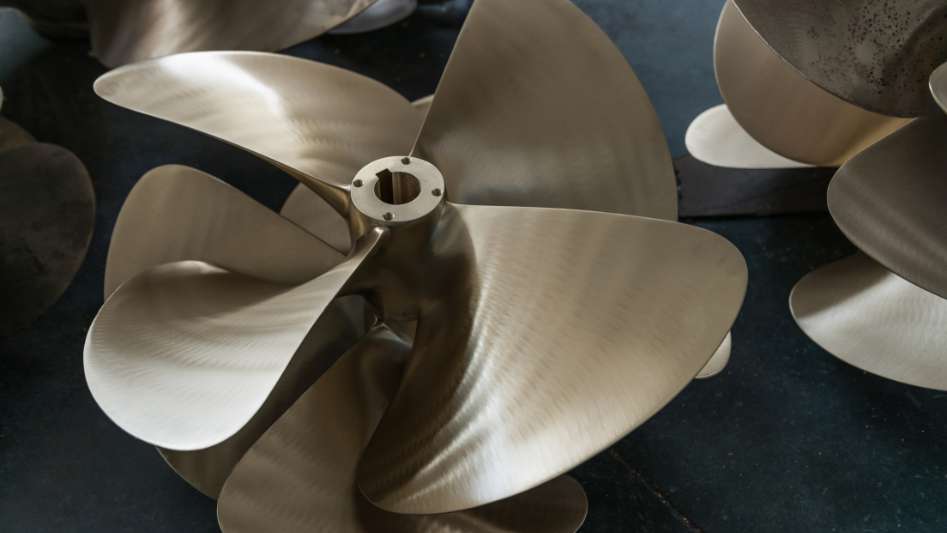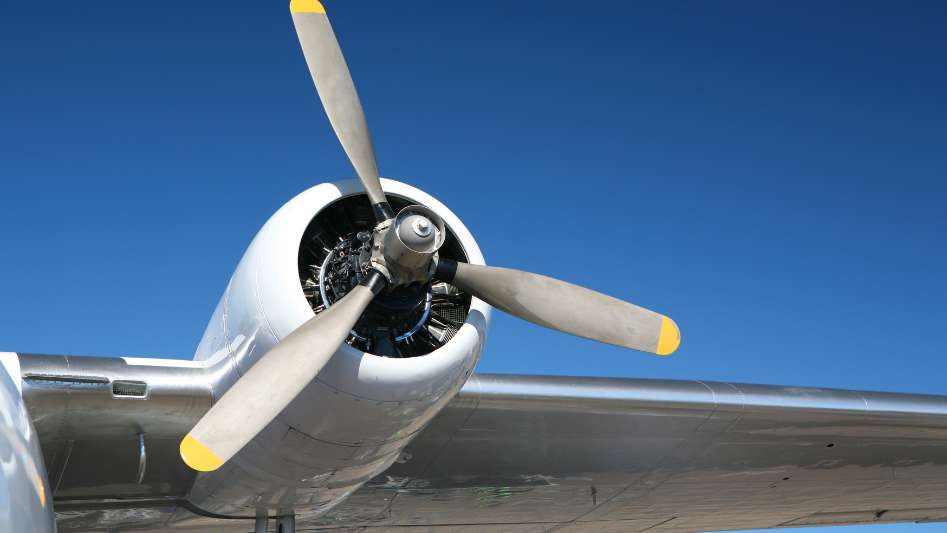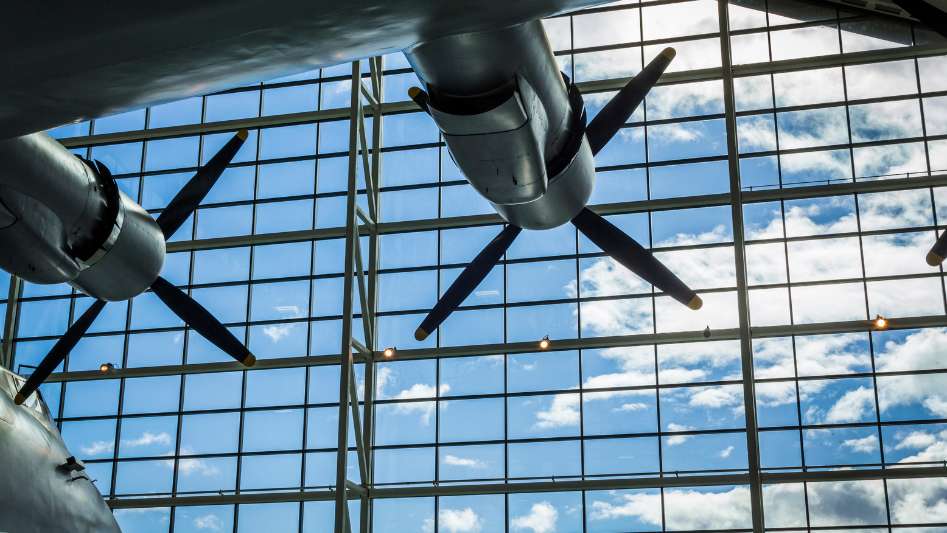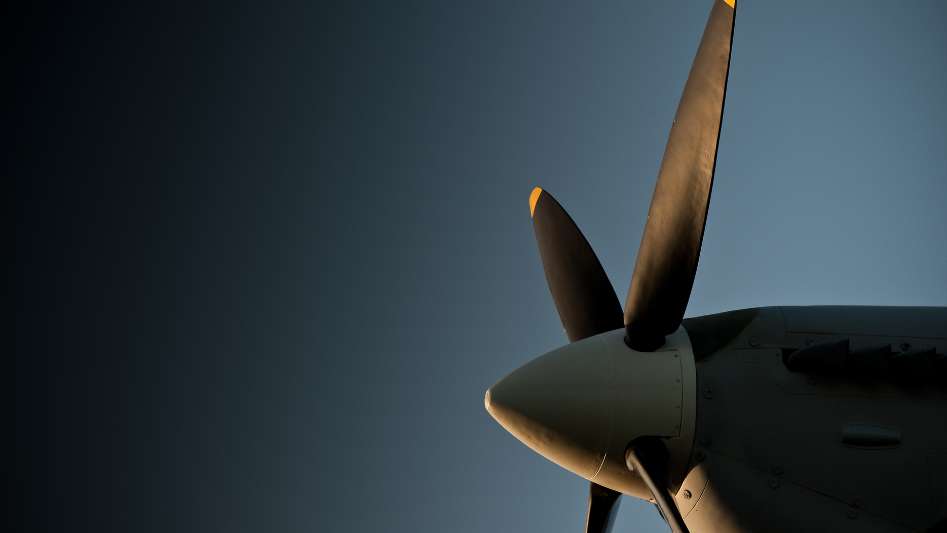Discover the benefits of Toroidal Propellers for noise reduction in air and water travel. Experience a quieter and more efficient mode of transportation with this revolutionary technology.
Table Of Content
For centuries, propellers have been the driving force behind fluid propulsion in air and water. With roots tracing back to ancient Egypt and the Archimedes screw, their design has undergone little change until now. Despite the advancements in technology, aircrafts still use twisted-aerofoil blade props similar to those used 2,400 years ago, with limited improvements in efficiency. Similarly, boats continue to use screw-style propellers dating back to the 1700s.
We invite you to read: “From Research Labs to Reality: The Progress of Wind Turbine Development for Roads”

However, a new design has emerged that promises to revolutionize the world of fluid propulsion – the toroidal propeller. With its unique twisted-toroid ring shape, these propellers have been shown to not only be significantly quieter than traditional designs, but also far more efficient, especially in the maritime industry. This could mark a major leap forward in the field.
A potential game-changer in the air
Multicopters have great potential as fast, cheap, and clean aerial delivery services, but their noisy propellers pose a major challenge. The frequency range of these sounds, which is often described as “whiny,” falls within the same range as a baby’s cries, making it highly irritating to human ears. This sensitivity to sound in the 100 Hz to 5 kHz range has evolved for verbal communication, but it presents a problem for the integration of multicopters in urban life.
A team at MIT’s Lincoln Laboratory, working on a silent ion-propelled plane, started exploring the possibility of reducing prop noise in multirotors through differently-shaped propellers. Dr. Thomas Sebastian, a senior staff member in the Structural and Thermal-Fluids Engineering Group at Lincoln Lab, says, “Propellers are known to be loud, and we can learn from wings. There were ring-wing designs in the early 1900s and during World War 2 that caught my attention. What if we took a ring-wing concept and turned it into a propeller?”
The team came up with the concept of using a toroidal shape, an annular wing shape, to create a quieter propeller. An intern at the lab ran with the idea and created several iterations using 3D printers, taking the concept to the next level.
Noise pollution has long been a hindrance for the widespread use of multicopters, especially in densely populated areas where the whiny sound they emit can be quite disruptive. To tackle this issue, a team at MIT’s Lincoln Laboratory was inspired to explore the possibility of creating quieter propellers using a new design.
After several attempts, they succeeded in creating a toroidal-shaped propeller that not only reduced overall noise levels but was particularly effective in reducing noise in the 1-5 kHz range. The toroidal shape was found to distribute the vortices generated by the propeller across the whole shape, making it more efficient in dissipating in the atmosphere and resulting in a less intrusive sound.
In comparison to regular drones, the toroidal props produce a sound that’s less annoying and more like a rushing breeze. The team’s best-performing design, the B160, was also found to be more efficient in terms of thrust, producing more thrust at a given power level compared to the best standard propeller tested.
While traditional propellers can have their noise levels reduced by adding rings of acoustic treatment, this results in increased parasitic mass and reduced battery life. The toroidal props, on the other hand, seem to offer a promising solution to the noise issue, with potential for further optimization in the future.
The unique toroidal shape of these propellers not only reduces noise, but also enhances stability and reduces the risk of damage from collisions. Although they are more difficult to manufacture, they may still be a cost-effective solution as they are a relatively low-cost component of drones.
It is yet to be determined if these designs can be used in larger scale applications such as fixed-wing aircraft or electric vertical takeoff and landing (VTOL) air taxis. As these transportation options become more prevalent, noise reduction will become increasingly important for public and regulatory acceptance.
The toroidal propeller design has been patented by the team and MIT is open to licensing the technology to interested manufacturers. While it remains to be seen if commercial production will take place, this breakthrough in propeller design holds great potential for the future of quiet and efficient air and water travel.
We invite you to read: “From the Skies to the Land: How Airplane Design Influences Wind Turbine Design”
An even bigger advantage in the water
The innovative toroidal propeller design is not only making waves in the aviation industry, but in the marine sector as well. Sharrow Marine has developed boat propellers using toroidal loops, leading to remarkable results compared to traditional propellers. After extensive testing, Sharrow’s props have been found to be more efficient, faster, and significantly quieter.
The toroidal design eliminates the tip vortices that cause energy loss and noise in standard propellers. This results in a significant improvement in the boat’s acceleration curve and a conservation of energy. Boats equipped with toroidal propellers can achieve twice the speed at lower and mid-range RPMs, and fuel consumption is reduced by around 20%.
Moreover, these propellers greatly reduce a boat’s tendency to pitch backward during acceleration, leading to a more level ride. The positive impact on noise is also impressive, as demonstrated in a video produced by Sharrow Marine.
The results of using toroidal propellers in the marine industry are truly remarkable and hold great potential for the future. The improved efficiency and noise reduction could revolutionize the way boats are powered, leading to a cleaner and more sustainable future for the industry.
Sharrow is offering a revolutionary new type of propeller that promises to change the game for air and water travel. Dubbed the toroidal propeller, these cutting-edge devices offer remarkable quiet operation, making conversation on board possible even at speeds of 30 mph (48 km/h). Sharrow is already selling these innovative props, which are CNC machined to fit a range of outboard motors from major manufacturers. Although they come with a high price tag of $4,999 each, they are well worth the investment for those looking for a more comfortable, peaceful boating experience, as well as for those in the age of energy transition looking for an electrified boat with a 20% boost in range. Check out a video presentation from Sharrow to learn more.
We invite you to read: “Offshore Wind Gets A Boost Thru The Wind Shot Program”
Conclusion
The toroidal propellers are a revolutionary change in the design of propellers, offering a quieter and more efficient solution in both air and water. The benefits of these props include reduced noise pollution and increased fuel efficiency, making them ideal for use in electrified boats and aerial delivery services. Although the cost of these props may be higher compared to traditional designs, the benefits they offer make them a valuable investment for boat owners and operators. The potential applications of toroidal propellers are numerous and will likely continue to grow as technology and innovation advance.
What are toroidal propellers?
Toroidal propellers are a new and innovative type of propeller that uses a twisted-toroid ring shape to create more efficiency and less noise compared to traditional designs.
How do toroidal propellers work?
Toroidal propellers work by pushing fluid through a rotating motion, similar to traditional propellers. However, the toroidal shape allows for increased efficiency and decreased noise levels.
Where can I buy toroidal propellers?
Toroidal propellers can be purchased from companies such as Sharrow, who sell CNC machined toroidal props that fit a wide range of common outboard motors.
How much do toroidal propellers cost?
Toroidal propellers typically cost around $4,999, regardless of the model.
Can toroidal propellers be used on electrified boats?
Yes, toroidal propellers could be of interest for anyone making electrified boats as they may provide a boost in range and make the ride more comfortable for passengers and marine life.
You May Also Like
- How Machine Learning is Powering up Wind and Solar Energy
- The Sky’s the Limit: Understanding the Potential of Kite Turbines for Wind Energy
- The Science Behind How Wind Turbines Generate Electricity
- Designing Wind Turbine Projects for Optimal Performance in Properly Development



